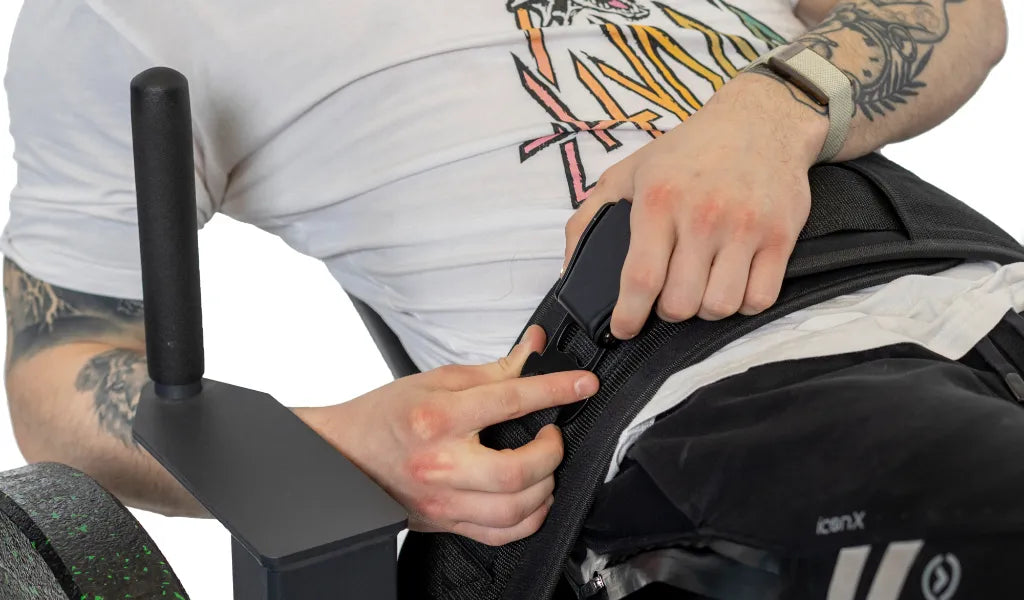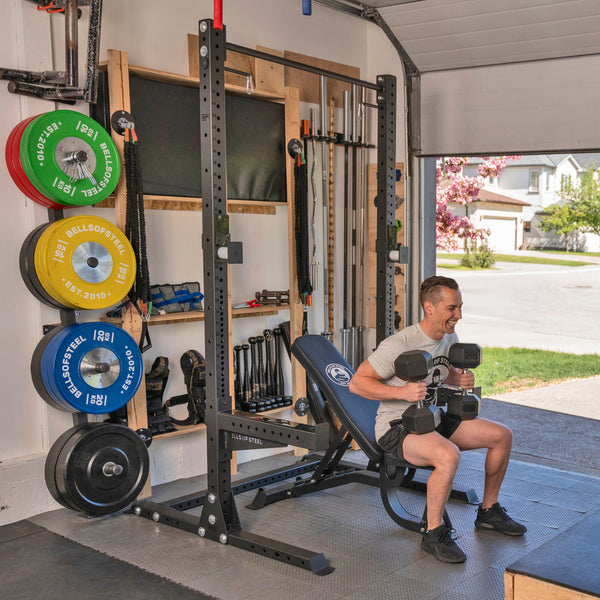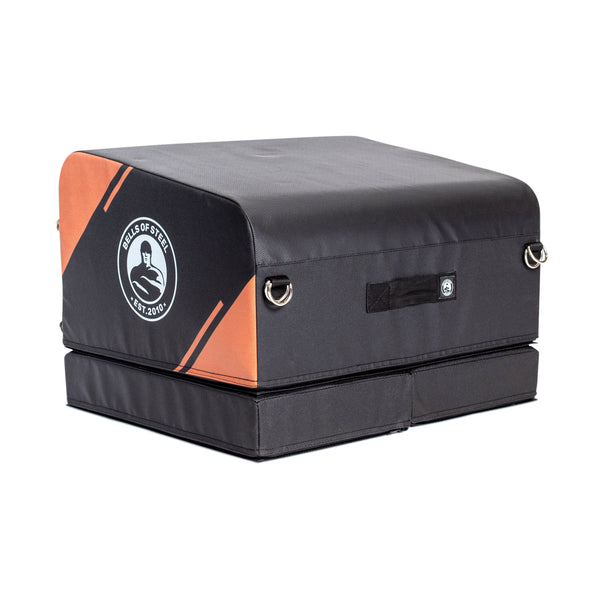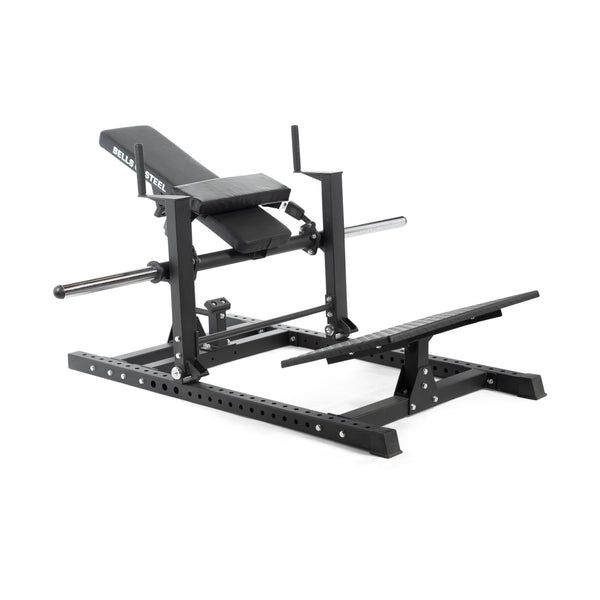Hip thrusts are a glute-building goldmine. If you’ve got a hip thrust machine at home, you’re already ahead in the booty gains game. But before you thrust yourself into action, let’s make sure you’re doing it right. Whether you have a super awesome Bells of Steel machine or something else, here's the lowdown on how to use it effectively.
The Benefits of Hip Thrust Machines
First off, why a machine? Hip thrust machines offer a controlled environment to really target those glutes without the fuss (or hip bruises) of balancing a barbell. They provide stability and allow for greater focus on muscle contraction, which translates to better gains and fewer injuries.
How to Do Hip Thrusts Using a Machine
Every machine works a little different, but the core functionality remains the same. Following manufacturer instructions is a must, but here’s a basic overview of how to use a hip thrust machine:
Step-by-Step Guide
- Set Up Your Machine - Adjust the machine to fit your body. This usually involves setting the height of the pad or platform where your back will rest and ensuring the foot placement is comfortable.
- Load the Machine - If your machine uses weight plates, load them up. Start light to get a feel for the movement.
- Position Yourself -Sit on the floor with your upper back resting against the bench or pad. Secure the strap over your hips. Your feet should be flat on the footplate, about shoulder-width apart.
- Hit the Release - Flip the magic switch to release the weight from the machine, putting you in charge.
- Perform the Thrust - Drive through your heels, pushing your hips upward. Squeeze your glutes at the top of the movement. Lower your hips back down without letting the weights touch the ground.
- Repeat - Aim for 3-4 sets of 8-12 reps, adjusting the weight as necessary to challenge yourself. Or, you know, follow one of those fancy schmancy programs.
Tips for Perfect Hip Thrust Form
To get the most out of your glute-building efforts (and to protect your lower back) follow these top tips for perfect hip thrust form:
- Focus on the Glutes - You should feel the movement primarily in your glutes. If you’re feeling it more in your lower back or quads, your form might be off.
- Keep the Core Tight - Engaging your core helps protect your spine and ensures you’re using your glutes effectively.
- Feet Placement - Experiment with different foot placements to see what feels best. Generally, a shoulder-width stance works well.
- Controlled Movement - Avoid bouncing at the top. The motion should be smooth and controlled.
Watch a few videos and consider engaging with the lifting community to review your form if you have concerns.
Signs You've Set Up Wrong
So you’re doing your thing and not feeling it in your glutes. Or worse, you’re feeling it in your back. Here are a few signs that something is wrong with your set up and form:
- Lower Back Pain -This indicates you're hyperextending your back rather than using your glutes. Adjust your foot placement and try again. Really focus on engaging the core and squeezing the glutes.
- Knee Pain - This could mean your feet are too far forward or backward. Shuffle and try again.
- Weight Not Feeling Right - If the weight feels awkward or unbalanced, adjust the positioning of the machine or the load.
Remember not to let your ego call the shots. It’s better to go light with perfect form than to push heavy for the ‘gram.
Are Machine Hip Thrusts Effective?
Absolutely! Machine hip thrusts provide a stable and efficient way to target your glutes. They can be just as effective, if not more so, than free-weight hip thrusts due to the added stability and ability to focus solely on muscle contraction.
Complementary Hip Thrust Workouts
To maximize your glute gains, pair hip thrusts with other glute-focused exercises. Here are a few that go hand-in-hand:
- Squats - Perfect for overall leg development.
- Deadlifts - Excellent for targeting the entire posterior chain.
- Lunges - Great for unilateral glute and leg strength.
- Glute Bridges - A lighter alternative to hip thrusts that still target the glutes effectively.
Don’t forget the benefit of throwing some bands on the machine for some extra oomph!
Hip Thrust FAQs
Q: Why can’t I feel hip thrusts in my glutes?
A: If you’re not feeling it in your glutes, check your form. Ensure your feet are correctly placed and you’re driving through your heels. Engaging your core and not hyperextending your back are also crucial.
Q: How much weight should I use?
A: Start with a weight that allows you to perform 8-12 reps with good form. As you get stronger, progressively increase the weight.
Q: How often should I do hip thrusts?
A: Incorporate hip thrusts into your leg or glute day 2-3 times a week, ensuring you have rest days in between for recovery.
Final Thoughts
Hip thrust machines can be a game-changer for your glute workouts, offering stability and focus that free weights can’t always provide. By following the steps and tips above, you’ll be well on your way to achieving that strong, perky behind.




